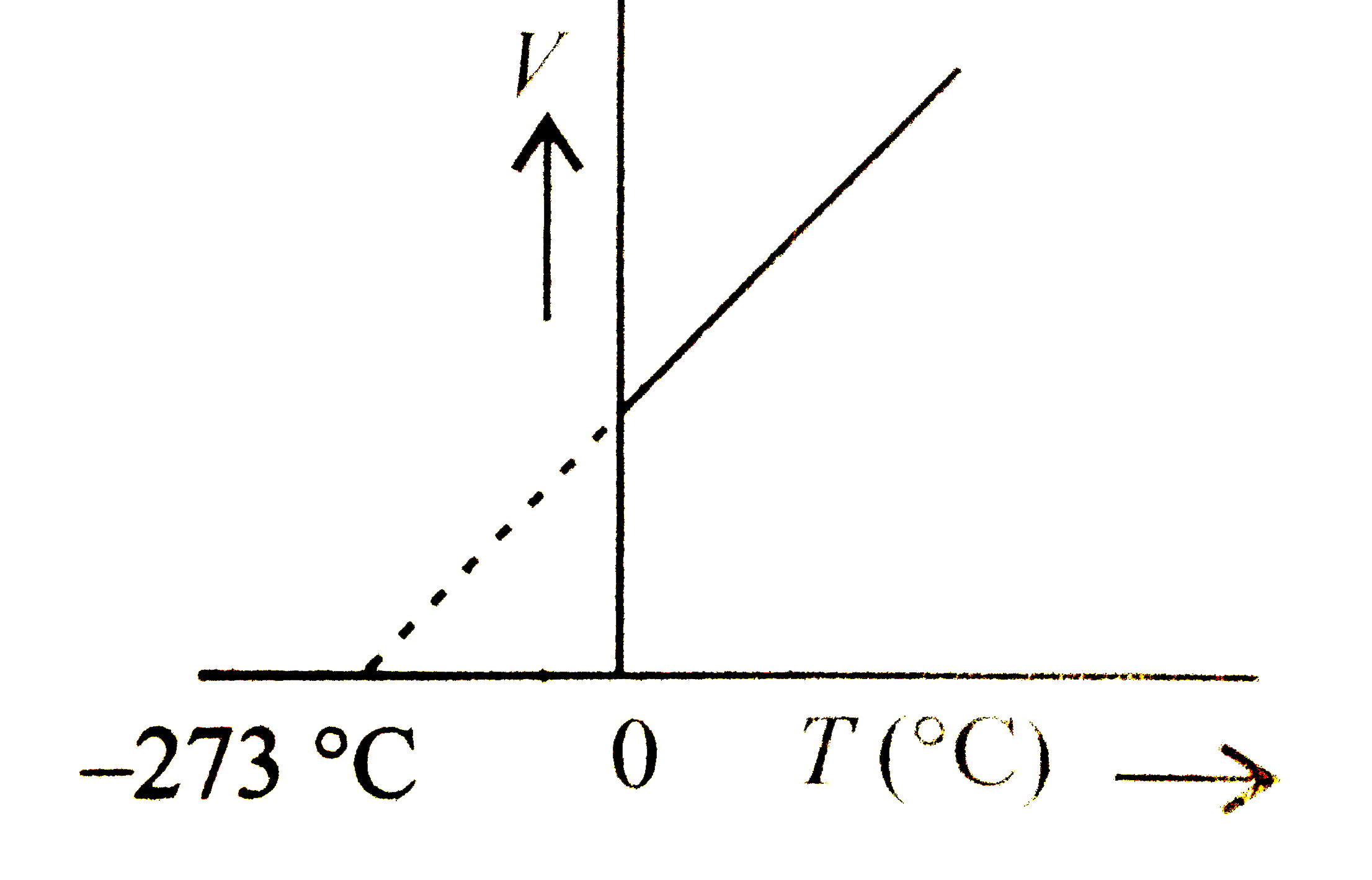Define or explain :
Absolute zero
Step-by-Step Solution:
1. Definition of Absolute Zero:
- Absolute zero is defined as the lowest possible temperature that can exist in the universe.
2. Temperature Measurement:
- Absolute zero is measured as 0 Kelvin (K) on the Kelvin scale.
- In Celsius, this temperature corresponds to -273.15 degrees Celsius (°C).
3. Significance of Absolute Zero:
- At absolute zero, it is theorized that all molecular motion stops, meaning that the particles of a substance are essentially motionless.
- This implies that there is no thermal energy present in the particles at this temperature.
4. Implications of Absolute Zero:
- Since there is no thermal energy, substances cannot lose any more energy, and thus, absolute zero represents a state where no further cooling is possible.
5. Conclusion:
- Therefore, absolute zero is the temperature at which the motion of particles ceases, and it is the theoretical limit of coldness.
- Absolute zero is defined as the lowest possible temperature that can exist in the universe.
- Absolute zero is measured as 0 Kelvin (K) on the Kelvin scale.
- In Celsius, this temperature corresponds to -273.15 degrees Celsius (°C).
- At absolute zero, it is theorized that all molecular motion stops, meaning that the particles of a substance are essentially motionless.
- This implies that there is no thermal energy present in the particles at this temperature.
- Since there is no thermal energy, substances cannot lose any more energy, and thus, absolute zero represents a state where no further cooling is possible.
- Therefore, absolute zero is the temperature at which the motion of particles ceases, and it is the theoretical limit of coldness.
Topper's Solved these Questions
Similar Questions
Absolute zero is
View SolutionDefine or explain :
Modern periodic law.
View SolutionDefine or explain :
Deliquescence
View SolutionDefine the term mean absolute error . How is this calculate ?
View SolutionDefine or explain :
Efflorescence
View SolutionDefine or explain :
Charles's Law
View SolutionIf we plot volume of a certain mass of a gas against temperature at constant pressure, we get a straight line intersecting on the negative side at −273.∘C which explains about absolute zero . This graph is known as

View SolutionDefine and explain the term entropy of a system. Illustrate it using a spontaneous irreversible change.
View SolutionThe zero kelvin is called absolute zero, why?
View SolutionAssertion: At absolute zero temperature, vapour pressure, kinetic energy, and heat content of the gas reduce to zero.
Reason: At absolute zero, temperature velocity reduces to zero.
View Solution
